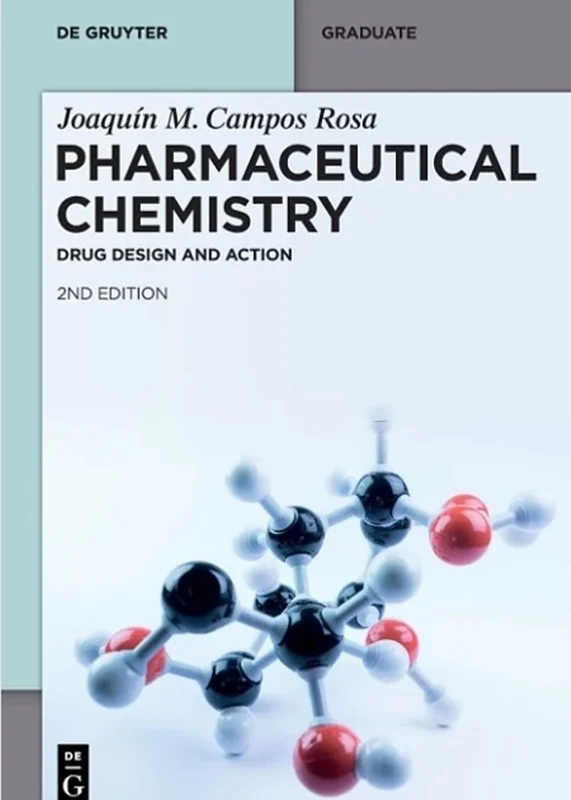English | 2024 | PDF | 11 MB | 238 Pages
A slow and consistent study of the approaches for drug design can help the foundation for a good scientific intuition. This edition includes over 30 new illustrations, numerous new mechanistic schemes and enhanced original figures. In addition, the use of color makes its study more pleasant and impressive.
The Second Edition has been thoroughly revised with a modern look. The chapters on QSAR and Drug Metabolism have been extended, emphasizing concepts, such as the hyperconjugative effect or the anomeric effect, in which the student normally finds it difficult to understand. Stereoelectronic effects are essential to explain the mechanism of action of drugs and therefore, its agile and intuitive handling will allow the student access to both chemical and biological mechanisms, in a more rational way. The text is illustrated with hundreds of formulas and many tables that facilitate the understanding of this interesting discipline, which is halfway between Organic Chemistry, Biochemistry and Pharmacology. This Volume is aimed at building basis principles on drug design and it is likely to be of interest to students reading, pharmacy, pharmacology, and pharmaceutical chemistry.
This book emphasizes general principles of drug design and drug action from an organic chemical perspective, rather than from the overview of specific classes of drugs, allowing the reader to extrapolate information to many related classes of drug molecules. This volume presents an organic chemistry’s perspective of how drug are designed and assuming no prior knowledge of biochemistry, and pharmacology. It is written in an informal, clear style so that undergraduates can easily understand the concepts presented.

